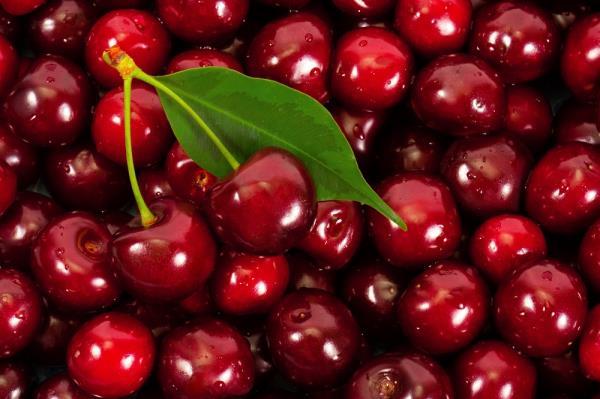Potential and risks for Argentinian cherry exports to China
VU | Extraberries SA
The Argentine cherry has good export potential to China, due to positive climatic and sanitary conditions, and growing market. In addition, Chinese production is insufficient to meet local demand.
According to Federico Guerendiain from the Agricultural Cooperative “El Oasis”, the Chinese market has no limits, since until now the cherry is only consumed by coastal cities.
Chile
Chile, thanks to the validity of the free trade agreement with China, in 2020 supplied cherries to the Asian country for a total value of $ 1.6 billion, about 30 times higher than Argentina.
However, under the pandemic both Chilean exporters and promising domestic deliveries faced economic losses, high risk and uncertainty that persists for the next season.
In less than 10 years, Chile passed from 50,000 to 232,000 tons exported in 2020, with an increase in the cultivated area from 2,000 to 45,000 hectares. In terms of turnover, Chile exported cherries for $ 1.6 billion in the 2019/20 season.
This expansion is linked to the fact that China buys more than 90% of Chilean exports. Around 80% of the Chinese market is supplied by Chile.
As mentioned, it would seem that Chile is a true measure of Argentine potential, however, there are factors that play in favor of the neighboring country.
For decades, Chile has participated in a fresh produce export program that also includes grapes, kiwis, avocados, pears and blueberries. In addition, Chile has a free trade agreement with China, with which its exports do not pay external tariffs, unlike the 10% rate applied on Argentine cherries.
Due to high export volumes, Chile can hire the “Cherry Express”, a vessel on a direct route from Chile to China that takes 22 days to arrive, compared to the 40 days that a traditional freighter usually takes.
Argentina
At the end of 2018, Argentina signed a sanitary protocol with China to boost the cherry export business. Until today, deliveries were made to Hong Kong, which has no sanitary restrictions. In January 2019, Extraberries, one of the two largest companies in the sector, from Alejandro Bulgheroni's Pan American Energy Group, obtained the first authorization from China to export cherries with cold treatment at source.
According to sectoral information, in the 2018/19 season (from November to February), they realized exports of 4560 tons. In 2019/20 that number increased to 5590 tons and to 6070 tons in 2020/21.
Last season, 40% of the total exports went to China, followed by the United States, the European Union, the United Kingdom and the Middle East. Despite this rise, in the last 10 years the sector, unlike Chile, has remained more or less stagnant.
According to Aníbal Caminiti, president of the Chamber of Integrated Cherry Producers (Capic), the opening of the Chinese market did not have much impact on the increase in export volumes, but was beneficial for producers by offering better prices and thus increasing profit margins. It also influenced the opening of business opportunities in other parts of Southeast Asia.
Traditional markets in the US and Europe pay $2 to $3 for a kilo of cherries, compared to about $6 per kilo paid in the last decade in China. This price difference generated a high profitability that explains the expansion of the planted area in Chile.
In Argentina, the sector groups some thirty cherries packaging companies, among them there are 15 medium to large exporters.
Pandemic and its impact on the sector
The pandemic had a negative impact on operations with China. The 2019/20 campaign was frustrated by logistical complications.
Despite this, fake news appeared on the web about an alleged finding of Covid-19 in Chilean cherries in the middle of the cherry consumption season in China. This led to a collapse in sales and as a consequence of domestic and import prices.
Prices fell to less than a dollar per kilo, well below production costs, resulting in losses of $1 billion.
If China comes to definitively withdraw Chilean cherries purchases, Chile will flood all other international markets, due to its excessive production volume, which puts Argentine producers at risk.
source: pagina21, simfruit
photo: puntoapunto.com.ar





